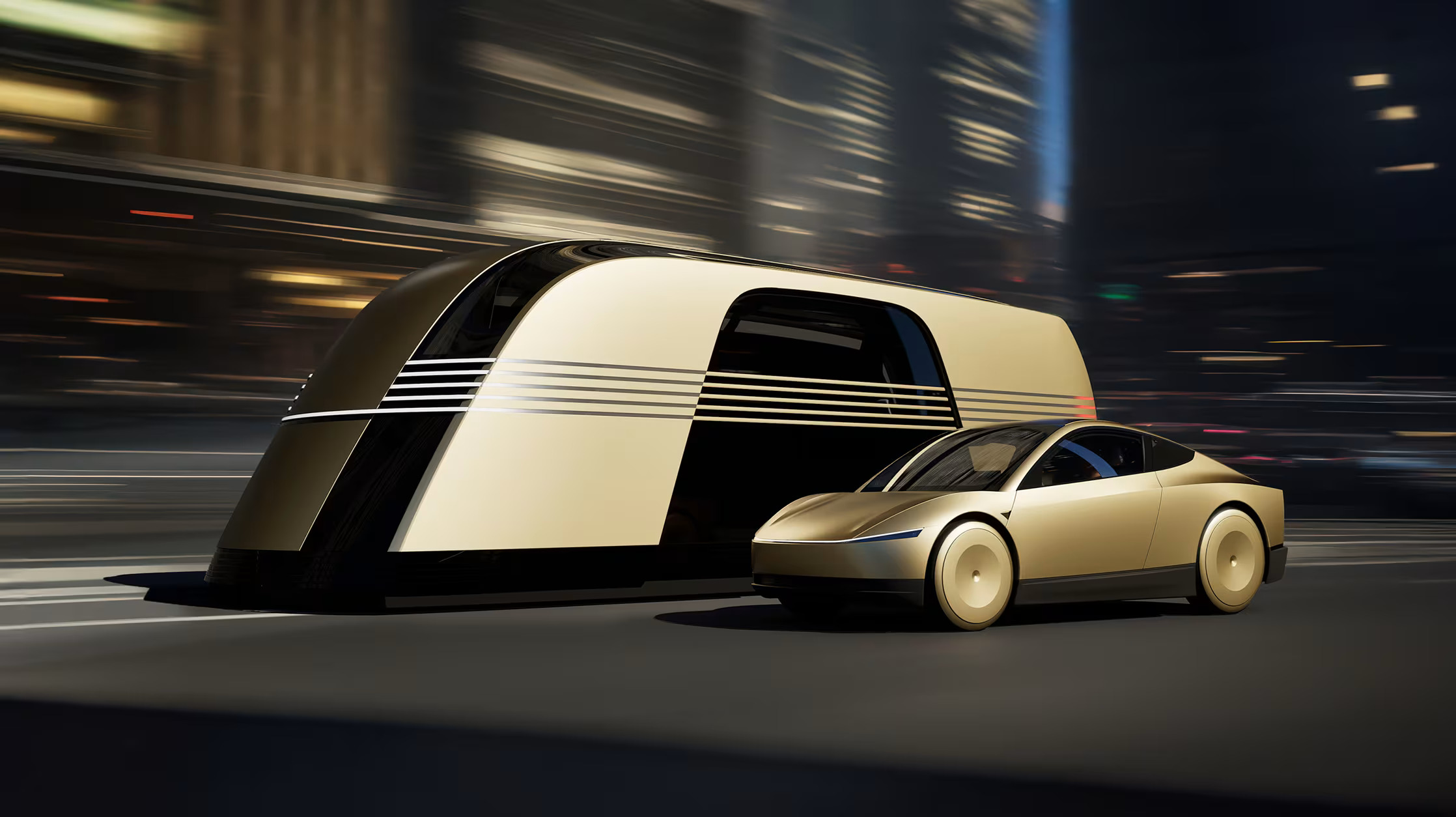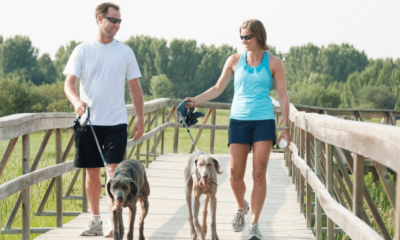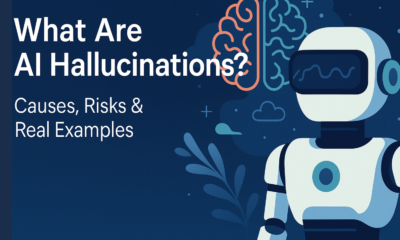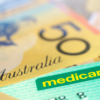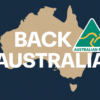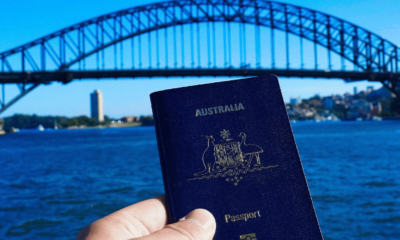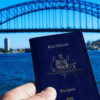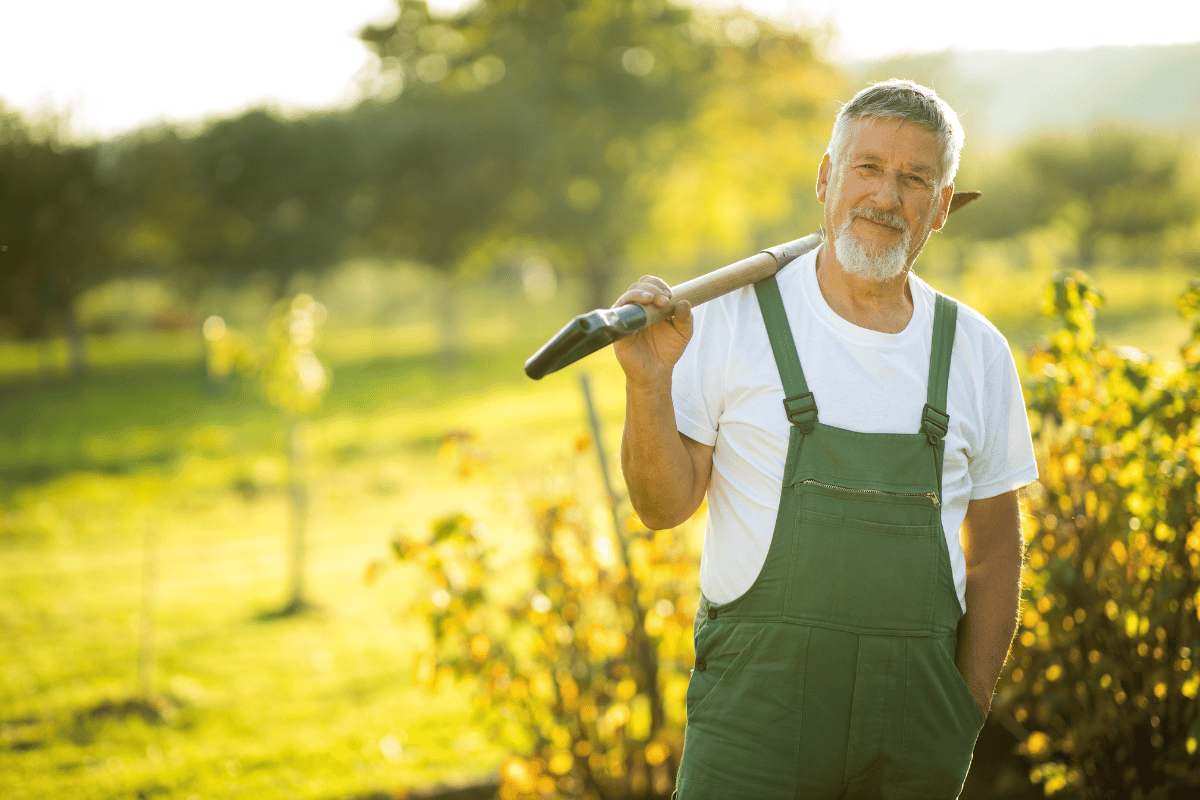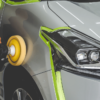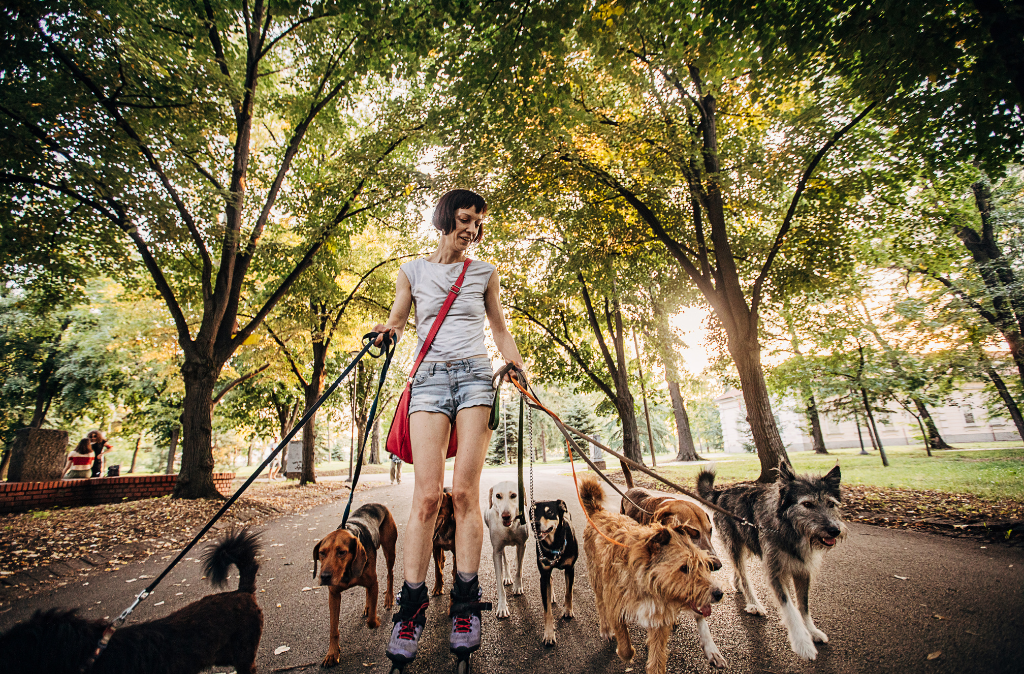Misc
Robotaxi in Australia: The Rise of Autonomous Transport Services
The concept of the robotaxi – a fully autonomous vehicle operating as a ride service without a human driver – has captured attention worldwide. In Australia, this is quickly shifting from sci-fi to reality. With the rollout of Tesla’s Full Self-Driving (FSD) system and global players like Waymo showing interest, Australia is positioning itself on the path toward autonomous mobility. This article explores what robotaxis are, how Tesla’s latest move impacts the local landscape, the current state of readiness, and what this all means for consumers and businesses.
What is a Robotaxi?
A robotaxi is a self-driving vehicle that operates without a human driver, offering autonomous ride-hailing services using advanced AI, cameras, and sensors.
Robotaxis Explained: Tech, Features, and Leaders
A robotaxi is a driverless vehicle designed to operate as an autonomous ride-hailing service. These vehicles typically use Level 4 or Level 5 automation, meaning they can perform all driving tasks without human intervention under certain conditions (or any condition, for Level 5).
Key features include:
- Autonomous driving via AI and sensor fusion (cameras, radar, LiDAR)
- Electric drivetrain for lower emissions
- App-based ride-booking like Uber or Lyft
- No human driver onboard
Global leaders in the space include Tesla, Waymo (Alphabet), and Baidu Apollo in China. Cruise, previously a major player backed by GM, halted its robotaxi program in late 2024 following safety concerns and regulatory challenges.
Tesla’s FSD Launch in Australia: A Key Robotaxi Milestone
In August 2025, Tesla officially launched its Full Self-Driving (Supervised) system in Australia and New Zealand. These became the first right-hand-drive markets globally to receive the update. This release includes a 30-day free trial and is initially available to Tesla owners with the latest Hardware 4 (HW4).
Tesla Australia’s Country Director confirmed that there are “no regulatory barriers” preventing the rollout of FSD in the country. A now-viral video, originally shared by Tesla AI’s official X (formerly Twitter) account, showed a Tesla Model 3 using FSD to complete a complex “hook turn” in Melbourne’s CBD, showcasing its ability to adapt to Australian traffic conditions.
FSD (Supervised) testing in Melbourne, Australia
— Tesla AI (@Tesla_AI) May 16, 2025
And yes, that’s a hook turn pic.twitter.com/tjakHvRohP
This launch is a significant step toward a future robotaxi network. While FSD is still considered “supervised,” it lays the groundwork for broader autonomy by collecting real-world driving data and establishing public and regulatory familiarity.
Why Robotaxis Matter for Australia
Robotaxis are more than just futuristic gadgets; they represent a major shift in mobility and infrastructure.
Key benefits include:
- Lower Transport Costs: No driver means lower operating costs, potentially making rides cheaper.
- Reduced Congestion: Efficient route planning and vehicle sharing reduce traffic volume.
- Sustainability: Most robotaxis are electric, helping to lower carbon emissions.
- Increased Access: Could benefit elderly, disabled, or non-driving populations.
- Industry Transformation: Insurance, logistics, and public transit sectors will all be affected.
Australia’s Regulatory and Industry Landscape
Regulation
Australia has taken early steps toward preparing for autonomous vehicles. State and federal governments are working on safety and insurance frameworks. According to iMOVE Australia, initial robotaxi trials could begin as early as 2026.
Insurance
Robotaxis pose new questions around liability. If there’s no driver, who is responsible in a crash? Insurers are now exploring models based on vehicle software reliability and product liability, rather than driver error.
Industry Engagement
Companies like Waymo have reportedly begun conversations with Australian transport regulators about testing autonomous vehicles. While no official launch date has been set, the groundwork is being laid.
How Robotaxis Work
Core Technologies:
- Sensors: LiDAR, radar, cameras for 360-degree awareness
- AI & Machine Learning: For perception, prediction, and decision-making
- Connectivity: Real-time updates from cloud-based maps and vehicle-to-infrastructure (V2I) systems
- Vehicle Platform: Typically electric vehicles with autonomous-specific hardware
- Operational Design Domain (ODD): The geographic or environmental conditions under which a robotaxi can safely operate
- Vision-Only Systems: Unlike others that use LiDAR, Tesla relies entirely on a vision-only approach powered by neural networks. This uses multiple cameras and advanced AI to mimic human sight and decision-making.
Current Challenges in Robotaxi Adoption
Despite rapid progress, some hurdles remain:
- Legal Approvals: Laws for fully driverless operation are still evolving
- Public Trust: Safety incidents overseas have affected public perception
- Cost: High development and maintenance costs for AV fleets
- Infrastructure: Road systems and digital infrastructure must adapt
What the Future Holds for Robotaxis in Australia
Short Term (2025–2027):
- Supervised autonomous driving (like Tesla FSD) becomes more common
- Trial robotaxi programs in controlled environments
Mid-Term (2028–2030):
- Expansion of robotaxi services to city centers and airports
- Early commercial deployments in select areas
Long Term (Post-2030):
- Widespread adoption of robotaxis across urban and suburban Australia
- Integration with public transit and MaaS (Mobility-as-a-Service) platforms
Global Robotaxi Momentum: Tesla and Waymo Lead the Charge
Tesla has taken a major step toward autonomous ride-hailing with the launch of its robotaxi service in Austin, Texas. What began as a limited trial is now gradually opening to the general public, featuring Tesla vehicles equipped with Full Self-Driving (FSD) and safety monitors seated in the front passenger seat. In California, the company is preparing for rollout under stricter regulations that currently require a safety driver behind the wheel. Elon Musk has stated that Tesla plans to eliminate all in-vehicle safety drivers by the end of 2025, aiming to transition to fully driverless robotaxi operations as regulatory conditions allow.
Meanwhile, Waymo is already running a fully autonomous robotaxi service (with no safety driver) in Phoenix and San Francisco. Waymo One offers app-based rides with real passengers, highlighting the maturity of their technology and the regulatory approvals achieved.
By contrast, Cruise (owned by GM) suspended its robotaxi operations in late 2024 following safety concerns and mounting regulatory scrutiny. The company ultimately wound down its commercial ambitions, highlighting the real-world challenges and risks involved in scaling autonomous fleets.
These developments abroad offer a blueprint – and cautionary tales – for what could unfold in Australia, especially as local regulations and infrastructure evolve.
FAQs
Q: Is a robotaxi safe?
A: Robotaxis are designed with advanced safety systems, including AI-driven decision-making, multiple sensors, and real-time monitoring. While early trials have shown strong safety performance, concerns remain about unpredictable road conditions, software limitations, and public trust. Ongoing testing, regulation, and transparency are key to ensuring long-term safety.
Q: What makes a robotaxi different from a regular self-driving car?
A: A robotaxi is part of a commercial fleet intended to transport passengers without a human driver. It typically operates via an app and serves as an autonomous alternative to taxis or ride-sharing.
Q: When will robotaxis be available in Australia?
A: Trials may begin as early as 2026. Full commercial services could roll out by 2028–2030 depending on regulatory progress and public acceptance.
Q: Is Tesla the only company working on robotaxis in Australia?
A: No. While Tesla has made the first move with FSD, companies like Waymo have expressed interest in expanding to new markets, including Australia. Cruise, previously a contender, has now exited the space following operational setbacks.
Conclusion
Robotaxis are no longer a distant dream – with Tesla’s FSD system already on Australian roads, the first steps toward fully autonomous ride services have begun. International examples like Waymo’s live service and Tesla’s supervised robotaxi tests in the U.S. signal how quickly the landscape is evolving. At the same time, Cruise’s retreat underscores the difficulty of getting this technology to scale safely and legally.
Australia is poised to play an important role in this transformation, balancing innovation, regulation, and public readiness. As trials roll out and global tech giants turn their attention here, the next decade will be pivotal in shaping a driverless future for Australian transport. Whether you’re a commuter, a business owner, or a policymaker, understanding this shift now ensures you’re prepared for what’s coming down the road.
Hi, I’m Ankush. Based in Port Lincoln, South Australia, I hold a Bachelor of Science and a Bachelor of Education (Middle & Secondary) from the University of South Australia, graduating in 2008. With several years of experience as a high school and secondary teacher, I’ve combined my passion for technology and finance to drive innovation in the on-demand service industry. As the founder of Orderoo, I’m committed to leveraging technology to simplify everyday tasks and enhance accessibility to essential services across Australia. My focus remains on exploring new opportunities to expand and improve these solutions, ensuring they meet the evolving needs of users and service providers alike.


